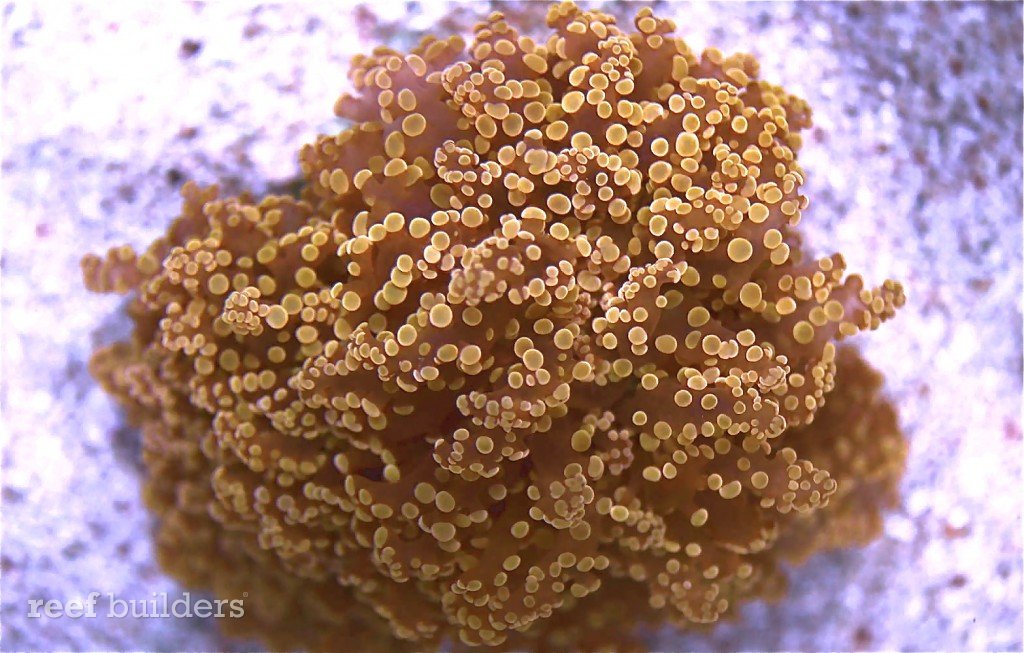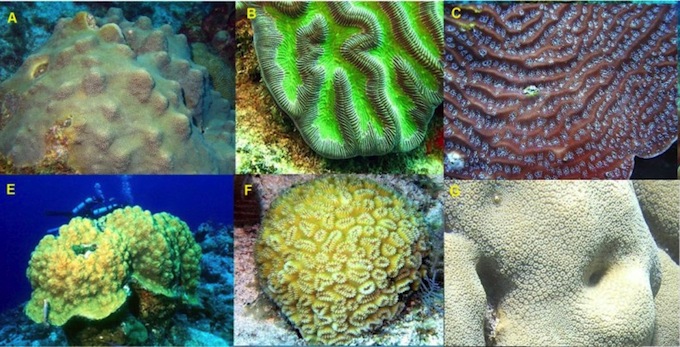Just hours ago NOAA and the National Marine Fisheries Services (NMFS) made public their intention to move forward with the proposal to list 66 species of stony corals under the Endangered Species Act (ESA). You may recall that three years ago the Center for Biological Diversity petitioned to have 83 species listed as threatened or endangered. Of those 83, the NMFS found 82 of them warranted further investigation and a significant number of them will be listed as endangered or threatened later next year.
More specifically:
12 of the petitioned coral species warrant listing as endangered (five Caribbean and seven Indo-Pacific), 54 coral species warrant listing as threatened (two Caribbean and 52 Indo-Pacific), and 16 coral species (all Indo-Pacific) do not warrant listing as threatened or endangered under the ESA.
We’re working hard to uncover exactly which species, especially common aquarium species fall under this endangered listing proposal. We don’t have too much concern for the Caribbean stony corals from an aquarist point of view since those are already banned from collection by a variety of mechanisms. That leaves 59 Pacific Ocean stony corals which could fall under serious restrictions or collection, culture, import, sale and even possession for the endangered species. The press release from NOAA regarding this proposal explains part of what this listing means:
Listing species as endangered does not prohibit activities like fishing or diving, but prohibits the specific “take” of those species, including harming, wounding, killing, or collecting the species. It also prohibits imports, exports, and commercial activities dealing in the species. These protections are not automatic for species listed as threatened, but can be established for them as well.
Even if a single of the proposed endangered species of coral is an Acropora or Montipora, which is very likely, whop is going to be responsible for identifying the endangered species from unlisted ones? We can barely expect Fish & Wildlife to distinguish between a Cycloseris and a Fungia or Cyphastrea from Astreopora so how could we expect any non-expert to tell the difference between two species of Acros?
This move to list so many corals under the ESA is going to have very broad consequences for reefers and every day Americans. Not the least of which certain species of corals will be difficult if not impossible to be imported into the U.S. (even though no stony corals are wild-harvested in American waters) even if they are sustainably cultured in far flung regions of the world.
Furthermore, under the ESA the American government has some responsibilities to protect endangered species and since climate change is one of the main factors of stony coral decline, this means that protecting theses corals will mean addressing the emission levels of Green House Gases. Who knows, this could be a veiled attempt for conservation groups to strong-arm the government into doing something about climate change but in the meantime we’ll dig up more on how the final listing will impact us reef aquarists, the coral growers who are more intimately familiar with many of these coral species.
[via National Marine Fisheries Service]
Update 4:11pm EST: The five species of Caribbean stony corals proposed to be listed as “Endangered” are Agaricia lamarcki, Mycetophyllia ferox, Dendrogyra cylindricus, Dichocoenia stokesi and the Monstastrea annularis species complex including M. annularis, M. faveolata and M. franksi. Additionally, the petition re-evaluated the status of the two Caribbean Acroporids including Acropora palmata and Acropora cervicornis – these last two will go from Threatened to Endangered listing status for a total of nine endangered species of stony corals in the Caribbean.

Update 5:00pm EST: The Pacific species of stony corals proposed as Endangered include aquarium favorites Acropora lokani, Acropora jacquelinae and Euphyllia paradivisa aka branching frogspawn. We’re looking at pieces of our own Lokani and Branchy Frogspawn as we write this, thinking how weird it would be that if these do become listed, it may be illegal for us to frag, sell or gift these species and if we move to another state, technically we’d be breaking the law if we took them with us. Crazy!




